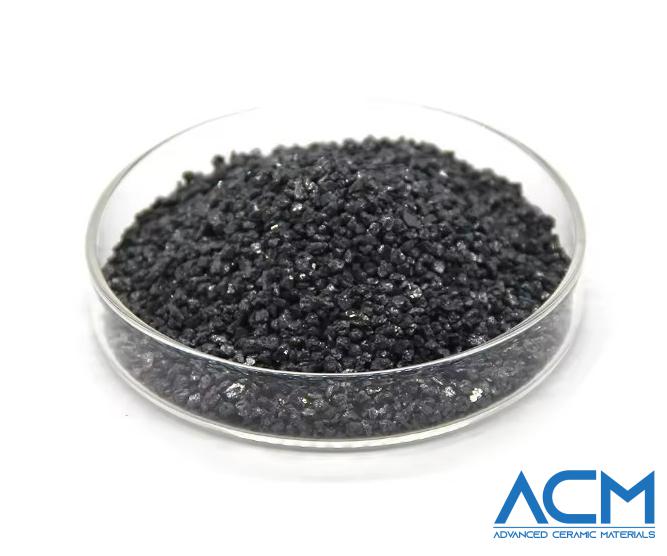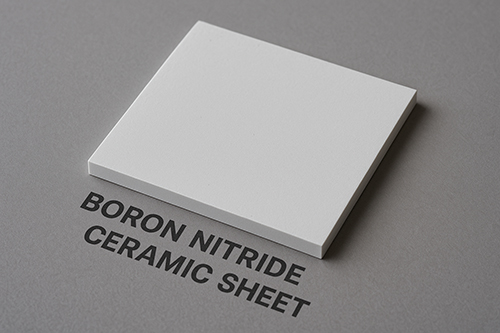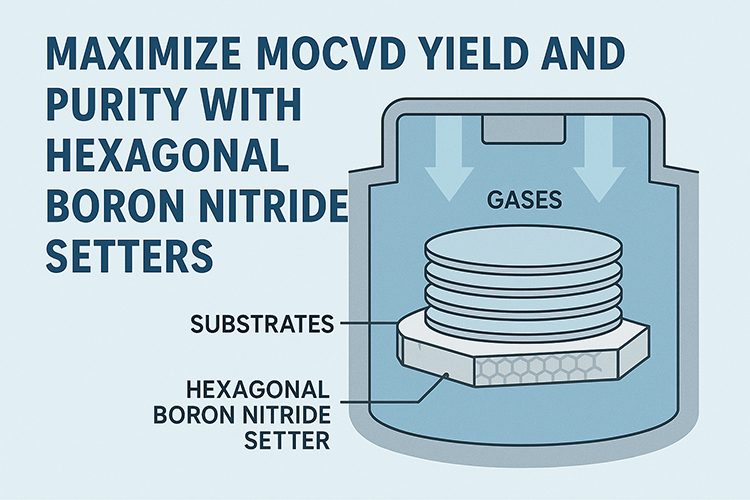Choosing Between Silicon Carbide and Silicon Nitride
1. Introduction
Silicon carbide (SiC) and silicon nitride (Si3N4) are two of the most widely used technical ceramics today. Found in high-performance parts across sectors like aerospace, electronics, and chemical processing, both materials offer distinct advantages when strength, thermal resistance, or wear protection are required.
Despite overlapping in some applications, these two ceramics differ in their internal structures and physical behavior. This guide compares SiC and Si3N4 from a performance standpoint and offers suggestions on how to select the right material for your application.
2. Property Comparison: Core Differences
2.1 Chemical Bonding and Structure
Silicon carbide is built from strong covalent bonds between silicon and carbon atoms. The result is a dense, hard structure with very little ionic character—excellent for resisting wear and heat.
Silicon nitride is based on a network of Si-N tetrahedra, forming a three-dimensional structure with more flexibility. It doesn't match SiC in hardness but offers better fracture toughness and thermal shock resistance.
![]()
2.2 Physical Properties at a Glance
| Property | Silicon Carbide (SiC) | Silicon Nitride (Si₃N₄) |
|---|---|---|
| Density | ~3.1–3.2 g/cm³ | ~3.1 g/cm³ |
| Hardness | Very high | High |
| Thermal Conductivity | 100–120 W/(m·K) | 15–20 W/(m·K) |
| Max Operating Temp. | Up to 1600 °C | Up to ~1300 °C |
| Thermal Expansion | Low | Lower |
| Fracture Toughness | Lower | Higher |
| Electrical Insulation | Moderate | Strong |
These numbers tell part of the story. SiC handles high heat and abrasion better, while Si3N4 stands up to sudden temperature changes and mechanical impact.
2.3 Chemical Behavior
In corrosive or high-temperature gas environments, SiC performs exceptionally well due to its oxidation resistance. It’s often the better choice in chemically aggressive or abrasive settings.
Si3N4, while also chemically stable, is valued more for its ability to maintain structural integrity under thermal cycling. It resists fracture where SiC might fail under thermal shock.
3. Application Scenarios and Material Recommendations
Bearings
In rotating systems, especially at high speeds or where temperatures vary, strength and toughness are essential.
Best choice: Silicon nitride. It offers better impact resistance and reliability under dynamic loads. Common in turbine engines and high-speed spindles.
![]()
Mechanical Seal Faces
Seals in pumps and compressors must endure friction, heat, and chemical attack.
Best choice: Silicon carbide. Its extreme hardness and corrosion resistance help extend the service life of sealing components.
Nozzles and Thermal Structures
Applications like burner tips or furnace components demand materials that hold up under high heat and corrosive gases.
Best choice: Silicon carbide. Its thermal conductivity and high-temperature stability give it a clear edge.
![]()
Electronic Substrates
Semiconductor modules and circuit carriers need materials with both thermal management and electrical insulation.
Best choice: Silicon nitride. It insulates well, handles moderate heat, and maintains dimensional stability during repeated thermal cycles.
![]()
4. Choosing the Right Ceramic: Key Considerations
Here are some practical guidelines when deciding between SiC and Si3N4:
-
Operating Temperature: Above 1300 °C? Go with SiC.
-
Impact and Shock Loads: If the part will face sudden force or rapid heating/cooling, Si3N4 offers more durability.
-
Wear Resistance: SiC's hardness makes it ideal in high-abrasion situations.
-
Heat Dissipation: For thermal management, SiC performs better due to higher conductivity.
-
Insulation Needs: Si3N4 is preferable where electrical insulation is critical.
-
Processing Route: Some components may be easier to fabricate in one material than the other, depending on the design and manufacturing capability.
Also, note that Si3N4 is usually made by hot pressing or gas pressure sintering, while SiC is often reaction-bonded or sintered. These methods affect the final density and grain structure—key parameters in high-performance parts.
5. Conclusion
There’s no one-size-fits-all answer when choosing between silicon carbide and silicon nitride. Each has its strengths. If your focus is on withstanding mechanical shock or rapid temperature shifts, silicon nitride is usually more dependable. If your application demands high hardness, heat resistance, and wear protection, silicon carbide is often the better bet.
For long-term reliability and performance, selecting the right material is as important as the design itself. Be sure to evaluate real-world operating conditions, and work with experienced suppliers who understand the nuances of ceramic processing and performance.
At Advanced Ceramic Materials (ACM), we provide both SiC and Si3N4 components, manufactured to your specifications. Feel free to reach out if you'd like technical support or a quote tailored to your application.
{{item.content}}
LEVE A REPLY
{{item.children[0].content}}
{{item.content}}
LEAVE A REPLY
SUBSCRIBE OUR NEWSLETTER
- Boron Nitride in Cosmetics: Enhancing Performance and Sensory Appeal
- Maximize MOCVD Yield and Purity with Hexagonal Boron Nitride Setters
- What Are the Advantages and Uses of Boron Nitride Ceramic Sheet?
- The Compression Annealing Advantage for Pyrolytic Boron Nitride
- Beyond Insulation: The Surprising Spectrum of Ceramic Thermal Conductivity












